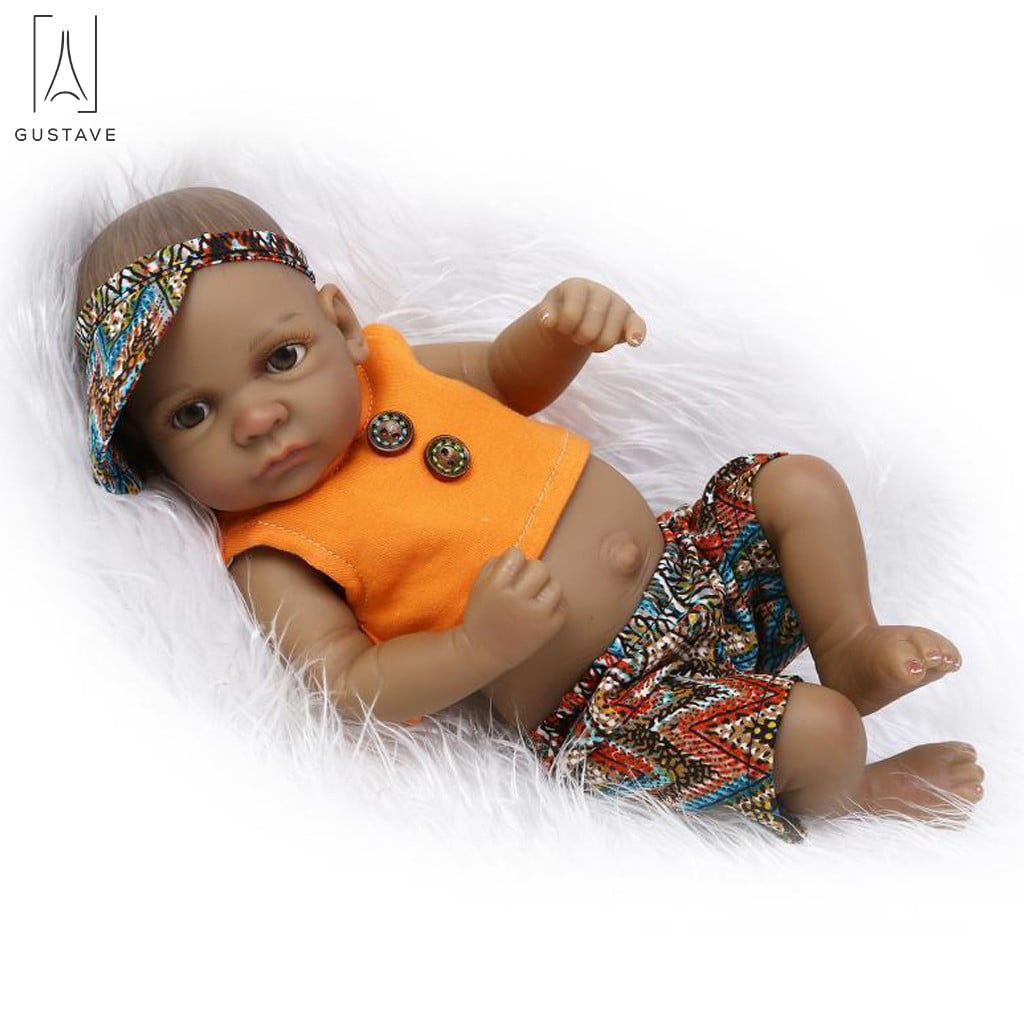

The main clues that something is off are light gray or pale yellow stools in a newborn with jaundice that doesn’t go away. Poor liver function. Again, this type of jaundice is rare but serious.Moms-to-be who are Rh-negative will likely be treated with a RhoGAM injection because their Rh factor is negative and incompatible with the baby’s. Prenatal testing looks to prevent this condition. These babies have what is called hemolytic disease of the newborn, which means that either the baby’s blood type does not match the mother’s or their Rh factors are incompatible. Jaundice from hemolysis. This rare but serious type of jaundice begins within the first 24 hours after birth.While breastfeeding is still recommended for newborns who have jaundice, certain babies with this type of jaundice may require supplementing with pumped breast milk or formula in a bottle. Jaundice due to breastfeeding problems or malnutrition. This type of jaundice occurs in about 5 to 10 percent of newborns due to low breast milk and calorie intake while Mom and baby are getting acclimated to breastfeeding.It’s not harmful, but it can last anywhere from three to 12 weeks. Breast milk jaundice due to interference with liver function. Though relatively rare, about 10 percent of breastfed babies develop jaundice when a protein in their breast milk blocks the liver's breakdown of bilirubin, causing elevated levels.This type of jaundice is very common in preemies, as their livers may not be fully developed. Some experts call this type of jaundice a "normal" response in the first few days of life it usually disappears within a week or two. Why so common? A newborn’s liver needs a little extra time to mature and get rid of the bilirubin in her body. This is the most common type of jaundice, affecting 50 percent of all newborns. Physiologic jaundice due to an underdeveloped liver.There are various causes for newborn jaundice depending on type:
#Newborn black baby skin
If your baby has jaundice, you’ll be able to notice the yellow tinge of her skin by gently pressing on her forehead or chest and watching the color return. Since a newborn's liver is underdeveloped, the bilirubin often doesn't get eliminated as efficiently, which can cause the skin, and sometimes the whites of the eyes, to turn yellow. Bilirubin is an enzyme that's produced in the blood when the body breaks down old red blood cells. Jaundice in a newborn baby is caused by excess levels of bilirubin, a condition known as hyperbilirubinemia.

It usually lasts a week to 10 days, sometimes longer for premature babies. Jaundice usually goes away on its own (or sometimes with mild treatment) with no ill effects.

Most cases show up two to three days after birth and are caught by in-hospital screens for babies, while others can appear later.


 0 kommentar(er)
0 kommentar(er)
